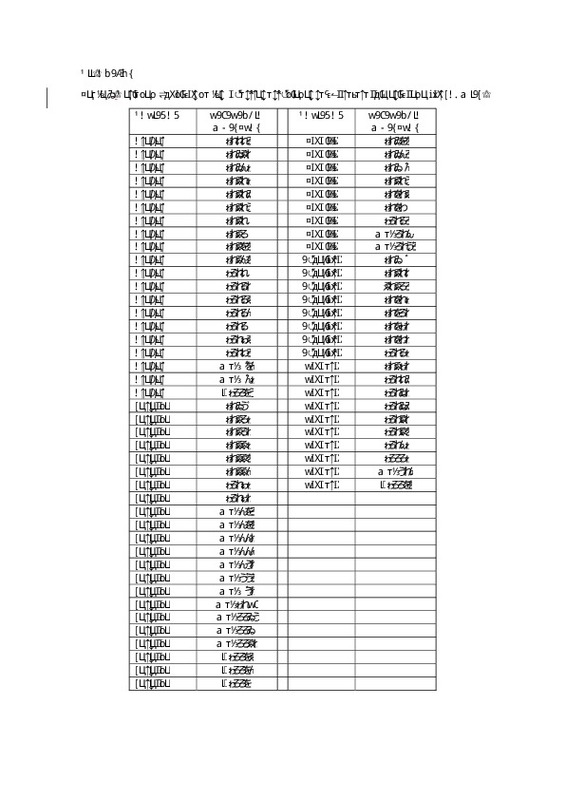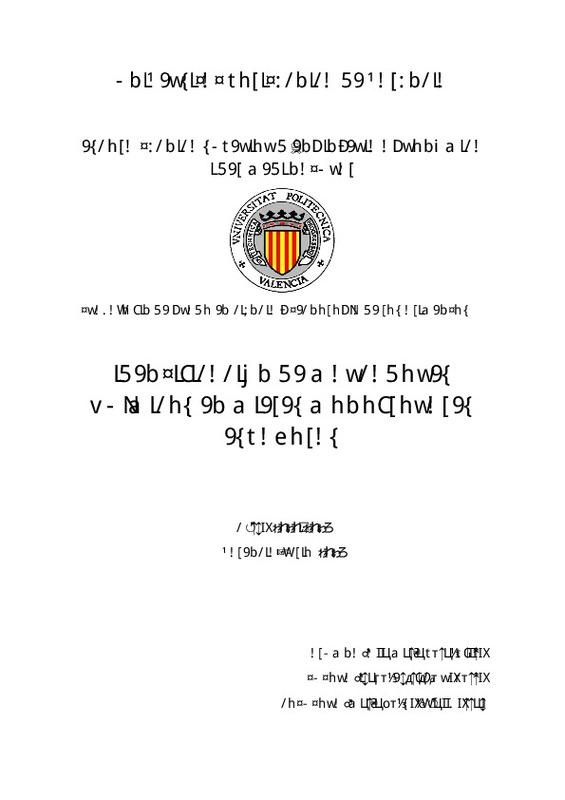|
Resumen:
|
[ES] El sector de la producción de miel y la Administración necesitan poder caracterizar
inequívocamente las mieles monoflorales españolas ya que el fraude en su catalogación da lugar
a importantes pérdidas económicas. ...[+]
[ES] El sector de la producción de miel y la Administración necesitan poder caracterizar
inequívocamente las mieles monoflorales españolas ya que el fraude en su catalogación da lugar
a importantes pérdidas económicas. Esta caracterización se viene realizando mediante la
determinación del porcentaje de polen de la especie botánica mayoritaria presente en la miel.
Sin embargo, este procedimiento basado en la identificación y cuantificación de los diferentes
pólenes, requiere de personal muy experto y está sujeto en muchas ocasiones a la interpretación
subjetiva del analista. Por ello, es interesante la búsqueda de técnicas complementarias que
permitan de manera inequívoca llevar a cabo una correcta catalogación de las mieles
monoflorales. Entre estas metodologías una de las más prometedoras es el análisis de la fracción
volátil de las mieles mediante SPME-GC-MS (Microextracción en fase sólida-Cromatografía de
Gases-Espectrometría de Masas), ya que los compuestos de esta fracción están íntimamente
relacionados con la percepción organoléptica que de ellas recibe el consumidor. En este sentido,
el objetivo del presente trabajo ha sido evaluar la capacidad de la información que proporciona
la fracción volátil (analizada por el procedimiento anteriormente citado) en la diferenciación de
5 variedades de mieles monoflorales (azahar, eucalipto, lavanda, romero y tomillo). En ellas, se
han podido diferenciar 116 compuestos volátiles, de los cuales, únicamente 10 de ellos no
mostraron diferencias significativas entre tipos de miel. Se han obtenido compuestos específicos
que se han podido asociar a la miel de azahar (4 lilacs A, B, C y D, 1- p-Menthene-9-al y methyl
anthranilate, considerado un buen marcador en esta variedad de miel por proceder del néctar
de la flor de azahar), de tomillo (butanoic acid , octanal y furan, 3-phenyl) y de lavanda (3-buten1-ol, 3-methyl-; 2-buten-1-ol, 2-methyl- y furfural). Sin embargo, esto no ha sido posible para las
variedades de eucalipto y romero. Este trabajo pone en evidencia que la técnica aplicada (SPMEGC-MS) es idónea para obtener información sobre la fracción volátil de las mieles que sea útil
para su diferenciación monofloral.
[-]
[EN] The honey production sector and the Administration need to be able to unequivocally
characterize Spanish monofloral honeys and that found in their cataloguing leads to significant
economic losses. This characterization ...[+]
[EN] The honey production sector and the Administration need to be able to unequivocally
characterize Spanish monofloral honeys and that found in their cataloguing leads to significant
economic losses. This characterization has been carried out by determining the percentage of
pollen of the majority botanical species present in honey. However, this procedure, based on
the identification and qualification of the different pollens, requires highly expert personnel and
is often subject to the subjective interpretation of the subjective interpretation of the analyst.
For this reason, the search for complementary techniques that unequivocally allow a correct
cataloguing of monofloral honeys to be carried out is interesting. Among these methodologies,
one of the most promising is the analysis of the volatile fraction of honeys by means of SPMEGC-MS (Microextraction in solid phase-Gas Chromatography-Mass Spectrometry), since the
compounds of this fraction are closely related to the organoleptic perception that the consumer
receives from them. In this sense, the objective of this work has been to evaluate the capacity
of the information provided by the volatile fraction (analyzed by the aforementioned procedure)
in the differentiation of 5 varieties of monofloral honeys (citrus, eucalyptus, lavender, rosemary
and thyme). In them, 116 volatile compounds have been differentiated, of which only 10 did not
show significant differences between types of honey. Specific compounds have associated with
citrus honey (4 lilacs A, B, C y D, 1- p-menthene-9-al and methyl anthranilate, considered a good
marker in this variety of honey because it comes from the nectar of the citrus), thyme (butanoic
acid , octanal y furan, 3-phenyl) and lavender (3-buten-1-ol, 3-methyl-; 2-buten-1-ol, 2-methyland furfural). However, this has not been possible for the eucalyptus and rosemary varieties.
This work shows that the applied technique (SPME-GC-MS) is ideal for obtaining information on
the volatile fraction of honey that is useful for their monofloral differentiation.
[-]
|








